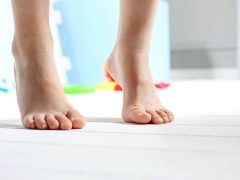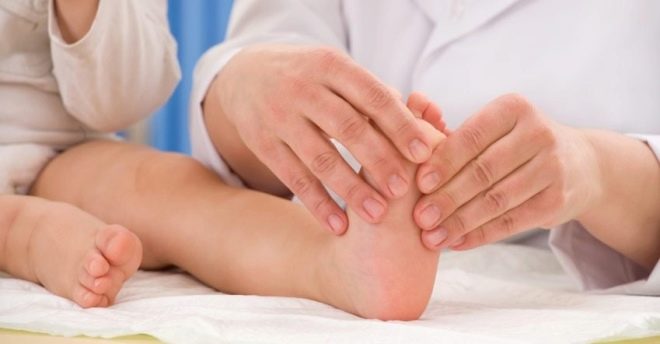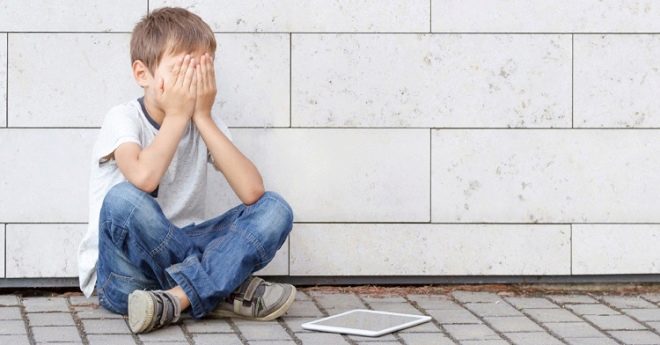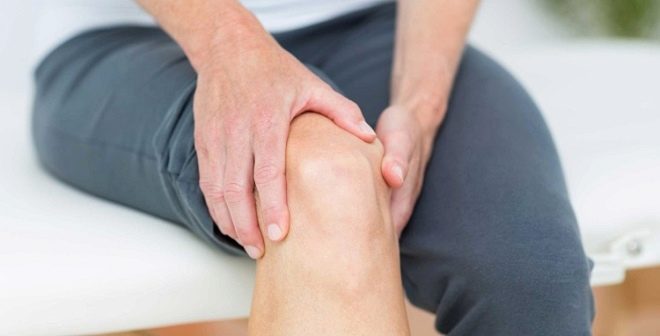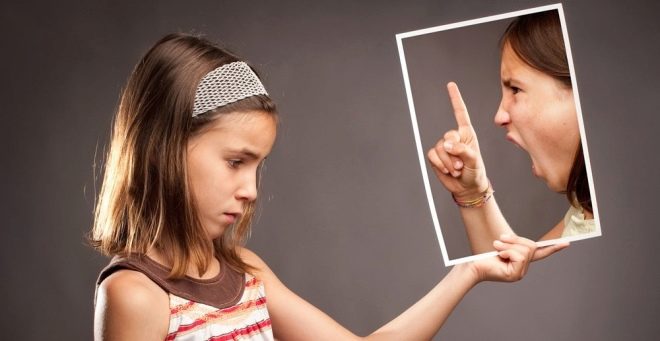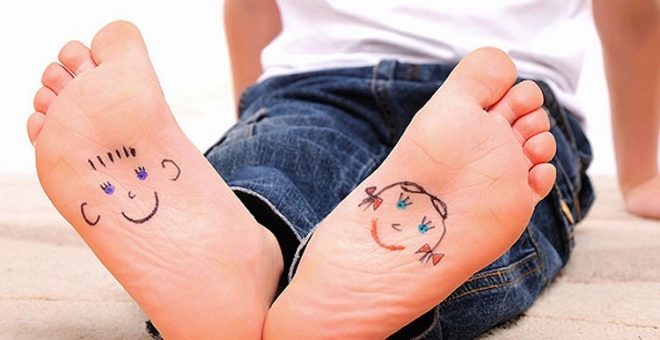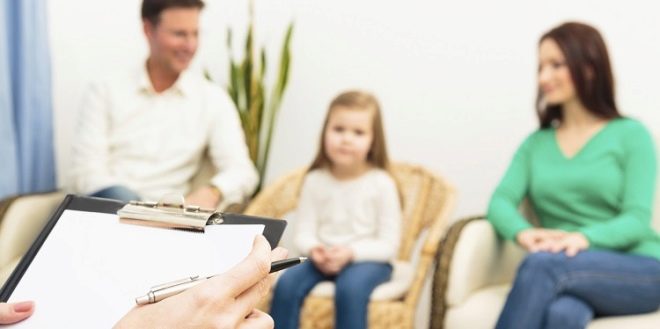Foot problems in children and adults in terms of psychosomatics
Foot diseases and injuries are widespread in childhood and adulthood. And treatment of pain in the legs involved not only orthopedists, surgeons and traumatologists. Specialists in psychosomatic medicine are also interested in the development of problems with the lower limbs. And they are confident that up to 80% of all foot diseases have a clearly traceable relationship with the psychological state of a person at the time of occurrence of the ailment.
Officially, bruises, fractures, and sprains can be the cause of pain in the legs, as well as varicose veins, chondrosis, flat feet, and, moreover, people of all ages often suffer from corns, abscesses, fungal lesions. Each disease has mental prerequisites, and their detection greatly facilitates the task of treatment.
In this article we will talk about how modern psychosomatics looks at problems with lower limbs.
Lower limbs in psychosomatic medicine
The connection between the diseases and the mental state of the patient is not denied by any practicing doctor. Moreover, some diseases are purely psychosomatic in nature. Diseases of the lower extremities do not apply to them, but the partial impact of the human psyche on their development is beyond doubt.
Psychosomatic medicine defines legs as parts of the body, with the help of which a person is able to move and move, and therefore any problems with them are regarded as a person’s unwillingness or inability to move forward.
This does not mean that a person is sitting and does not want to physically stand up and go somewhere. This is uncertainty about the future, unwillingness to move towards this future because of different fears about what can be expected in it, this is a loss of meaning and purpose.. Not willing to move forward can people who not so long ago suffered a heavy loss, grief, who are disappointed and discouraged.
Self-doubt, doubt in their abilities, wrong, mistakenly chosen path or profession, loss of meaning to continue the started business - all this sooner or later can lead to pain in the legs.
In children, pain in the lower limbs is often associated with low self-esteem, with the desire to escape from criticism, from pressure, from any coercion.. Let us give an example: a child eats badly, and every day his mother makes him do it. After a couple of months, the baby begins to complain that the legs hurt. Doctors, which will lead the child, will not find anything pathological.
You can be sure that the cause of pain is more likely to be force-fed. If you stop forcing a child and giving him food only when he asks for it, then the pain in the legs will disappear, because the desire to run away and hide will disappear.
Another common cause of the painful condition of the legs is a huge desire to go forward on the chosen path against the background of extraneous interference - a person wants to do something, follow his plans, but cannot, because someone or something interferes with it.
Feet - the concept is quite broad. Therefore, one should always specify what and where it really hurts:
- feet - symbolize the relationship of parents and children, the cause must be sought in this particular area;
- drumstick - symbolize the sphere of activity, work, professional sphere, the choice of a life path;
- knees - conflicts, competition, self-esteem, relationships with people, heavy memories, humiliation - the reason should be sought in emotional memories, resentment and anger;
- thigh, sciatic nerve - in adults - the sphere of sexual relations.
Children easily and quickly absorb not only the models, beliefs, judgments of their parents, but also their fears, fears, even if mom and dad do not talk about it out loud. Up to 80% of all cases of hip dysplasia in newborns are the result of complex and intricate sexual and personal relationships between mother and father, or worries about one of them, often the mother.
How and why does the disease begin?
Foot problems usually begin long before a person feels pain. Pain is already an open distress signal, it is usually preceded by less visible, weakly expressed signs on the physical level.. The situation in which an adult or a child has fallen is experienced by them, and if adults have more opportunities to express their feelings, emotionally defuse, then the child usually accumulates emotions, stratifying, until one day they “pour out” into a disease.
Due to the fact that a person does not have the ability or desire to move forward, he has very conflicting feelings, he can condemn others, get angry, condemn himself and have a strong sense of guilt, he may fear the future or the consequences of his steps, regret that he chose the wrong path.
Whatever the individual circumstances, the feelings will be negative - fear, resentment, anger, frustration.
If an adult or a child experiences them often, then the production of certain hormones is disturbed, because they are suppressed in excess of the produced stress hormones. A person begins to strain, nervous, mentally return to what he cares. As a result, there are changes on the physical level - the cellular metabolism changes, muscle clamps appear. This leads to a violation of the state of the bone, articular tissues, increases the likelihood of injury and the development of a particular pathology.
Causes of Common Problems
If the legs are cramping, then with high probability we can say that these are the first signs warning that a person is going the wrong way, that he is in doubt, in a state of internal conflict. This is especially pronounced in children who secretly feel something “wrong”, but they do not have the necessary life experience and the ability to analyze the situation. That is why cramps, especially gastrocnemius, in childhood is a very widespread phenomenon.
If the legs swell for no apparent reason, then you need to look for the cause in the past, in negative experiences or offenses that live in the human soul and cannot find a way out.
When the lower limbs hurt, you should analyze the above areas of life more closely in order to find the true causes predisposing to pathologies.
Fingers
Toes can tell a lot. Thumb problems (ingrown nail, protruding bone) usually indicate that a person is tormented by insufficient approval from the mother. As a rule, we are talking about the disapproval of the chosen path. In children, ingrown nail often develops with authoritarian mothers who are used to controlling all aspects of the child’s life: his studies, interests, games, friends.
- Right thumb problems almost always talk about problems in the adult's sexual life, but if the child’s right toes hurt, then his mother has such intimate problems.
- Big toe of the left foot - a bright indicator of how all relationships are built with loved ones.
- Frequent injuries and pains in the little fingers - A signal that it is time to stop clinging to the little things in relationships with loved ones, especially parents. The little finger symbolizes minor insults, you need to get rid of them as soon as possible.
Varicose veins
The veins in the legs are also expanding due to the dysregulation of their elasticity at the level of the central nervous system. This happens in women (less often in men) when it is impossible to go their own way, in relation to the situation the metaphor of "bound hand and foot" is very true.
Getting rid of the feeling of non-freedom usually brings substantial relief and makes traditional treatment more successful.
Knees
Obstacles to moving forward toward a goal are internal in nature; they are created by the person himself, his fears and uncertainty, anger, resentment, and negative experience. The stronger the fear, the greater the heaviness in the knees, the tension of the ligaments.
If a person understands that he needs to move, but cannot, and therefore is in a state of internal conflict, his knees ache. Weakness in the knees indicates indecision, inability to make a mature decision and start moving forward.
Flat feet
Lack of confidence in the world, fear of being left without support, support, helplessness. That is why most often they suffer from children (and up to 7 years of flatfoot is considered the physiological norm).
The child does not receive enough confidence, does not trust adults, has a lot of complexes and children's fears.
Up to adulthood pathology is preserved by those who could not find support in the face of their parents.
Foot injuries
Bruises, corns and bumps appear as the first warning that a person is going the wrong way.
If he continues to persist, torment himself and still move in one direction, without showing flexibility, then more serious injuries are not excluded - a bruise, fracture, dislocation, sprain and ligament rupture.
This is how the subconscious tries to stop a person, temporarily immobilizing him, so that he has time to think and reconsider some installations. If this is not done, it is possible that the fracture will incorrectly or badly grow together, because the lesson is not done.
findings
In search of the causes of problems, you should always understand that nothing accidental happens. Even ordinary cold feet, which do not hurt, indicate that a person looks to the future without joy and enthusiasm. Therefore It should start with the search for the fear that blocks joy, prevents blood from circulating normally on the lower limbs.
It is not necessary to refuse treatment, but psychocorrection will be an excellent addition.
